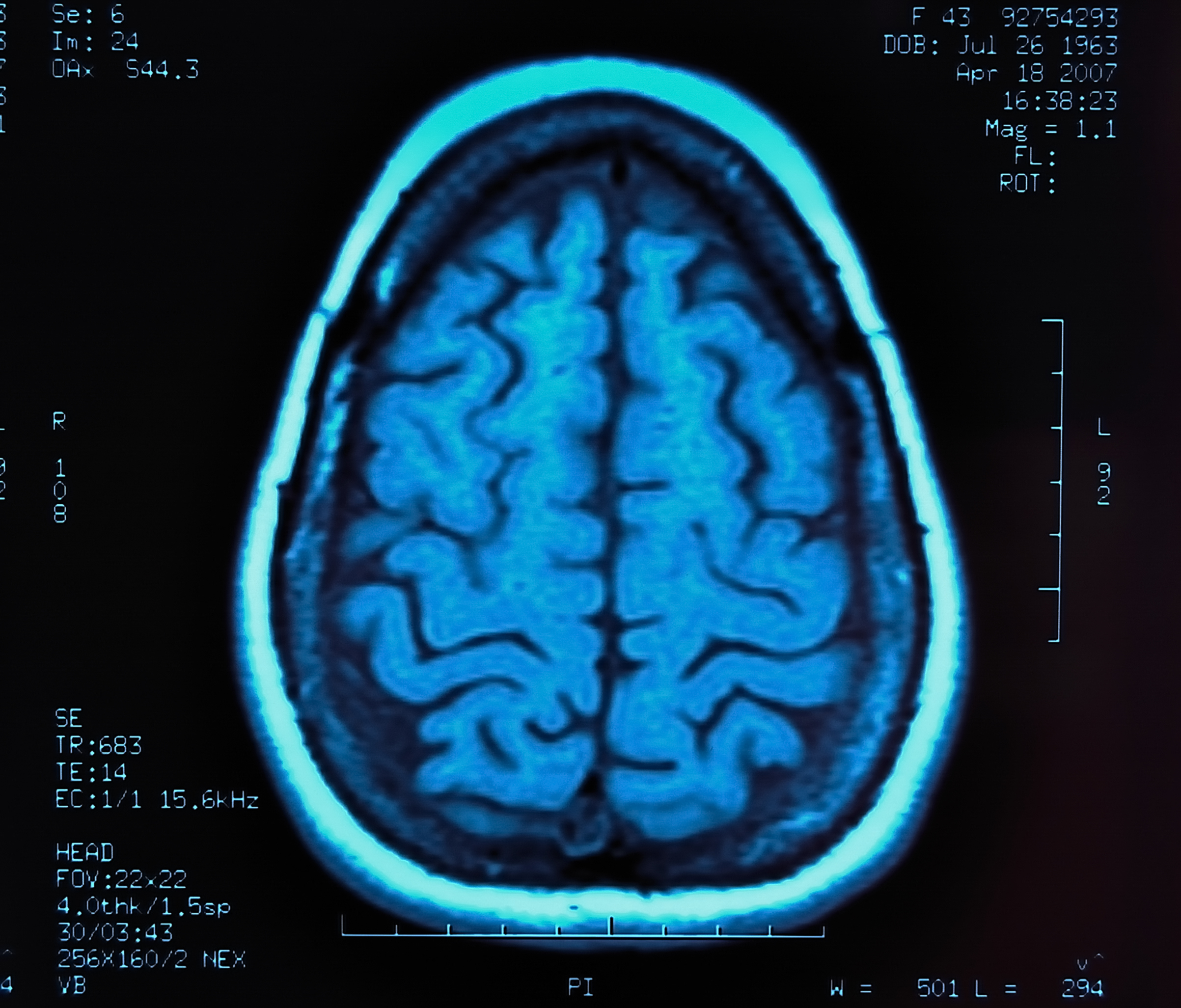Memory Immune Cells Play Key Role in Advanced MS, Study Suggests

In the brains of people with advanced multiple sclerosis (MS), memory immune cells reside in the brain tissue rather than entering through the bloodstream, a new study suggests.
The study, “Tissue-resident memory T cells invade the brain parenchyma in multiple sclerosis white matter lesions,” was published in the journal Brain.
MS is caused by the body’s immune system mistakenly attacking brain tissue. Determining exactly what characterizes this immune attack, and how it changes at different disease states, is an ongoing area of investigation.
One type of immune cell that seems important in this process is T-cells. These cells can be divided into many subtypes based on their behavior and the specific protein markers they express, but a common feature is that they are able to recognize specific molecular patterns (for example a viral protein), after which the cells will become activated — that is, they will divide and mount an inflammatory response.
One T-cell subtype is memory T-cell. Although it is not exactly clear how these cells are generated, their function is well-defined. Memory T-cells have immunological “memory,” meaning that they are able to mount a faster, more effective immune response against threats that have been encountered before. This type of immunological memory is the same principle that makes vaccines work.
A noteworthy feature of memory T-cells is that, unlike other T-cell subtypes, memory T-cells generally don’t circulate throughout the body in the bloodstream. Instead, they usually reside within tissues where they are likely to encounter a threat.
In the new study, researchers in The Netherlands analyzed T-cells in donated brains of people with advanced MS (examined at the Netherlands Brain Bank) in order to better understand the inflammatory activity associated with the disease.
“Our previous studies indicated that there is still a significant amount of inflammatory activity in the brain also at later stages of MS. This is remarkable,” Nina Fransen, the study’s lead author, said in a press release.
First, the team looked at brain tissue from 146 people with MS, as well as 20 people with Alzheimer’s disease, and 20 people with no evidence of neurological disease.
Throughout the brains of people with MS — even in regions where there is no obvious sign of inflammatory damage — significantly more T-cells were found compared to the other groups. T-cells actually were more prevalent in MS brain lesions, where there was evidence of inflammatory damage.
“We show that the number of T cells is increased in multiple sclerosis normal-appearing white matter [brain tissue] and is enhanced further in inflammatory active multiple sclerosis white matter lesions,” the researchers wrote.
The team then analyzed a subset of samples from MS or no-disease brains using flow cytometry. This technology allows researchers to examine the proteins expressed by individual cells. In this case, the team looked for markers of different T-cell subtypes.
In advanced MS lesions, there was an abundance of memory T-cells. In contrast, earlier lesions where characterized by circulating T-cells — that is, T-cells that (presumably, based on their expression profile) entered the brain from the bloodstream. Circulating T-cells were almost entirely absent from advanced lesions.
This observation suggested that in early disease stages inflammation in the brain is driven, at least in part, by T-cells from the bloodstream. In contrast, in later stages, memory T-cells that are already present in the brain may be the primary drivers of inflammation, suggesting that T-cells outside the brain do not further influence the disease course.
“These data give us insight into the poor and disappointing effects of current treatments during later stages of MS,” said Joost Smolders, MD, PhD, study co-author and neurologist at Erasmus MC.
As an example, some approved MS therapies work by “trapping” immune cells — including T-cells — in lymph nodes. This is intended to prevent these cells from reaching the brain and causing damage. But the new findings suggest this strategy might be effective only in early stages of disease, whereas in latter stages the cells driving inflammation are already present in the brain.
This finding also raises the question of what exactly causes these memory T-cells to form in the brain in the first place. Memory T-cells, for instance, have been found in the brain following a viral infection.
“This supports an antiviral response as a potential driver of [memory T] cell recruitment in the CNS [central nervous system, the brain and spinal cord], which may also be applicable to multiple sclerosis lesions,” the researchers wrote.
However, memory T-cells (although in low numbers) also are observed in the brains of donors without MS, suggesting that “differences in genetic and environmental background could — in this scenario — accumulate in the destructive immune response seen in multiple sclerosis,” the researchers wrote.
This notion may pave the way for future studies to better characterize T-cells, which could allow for more effective therapies to be developed.
“By mapping the [behavior] of the T cells, we can start thinking of ways to slow down the disease process in patients with advanced MS,” Smolders said.






